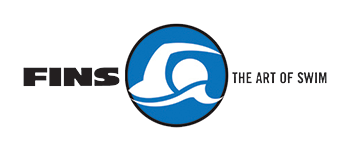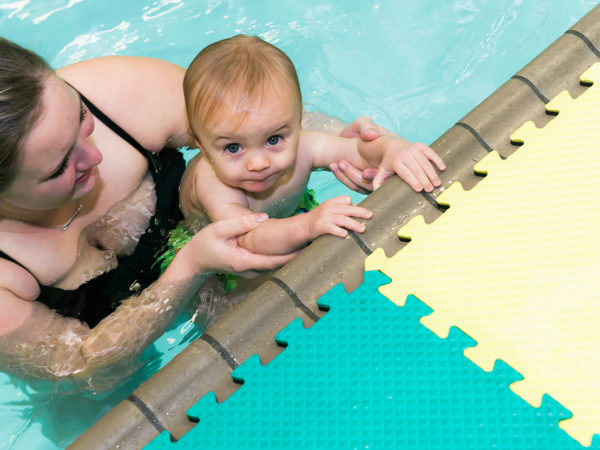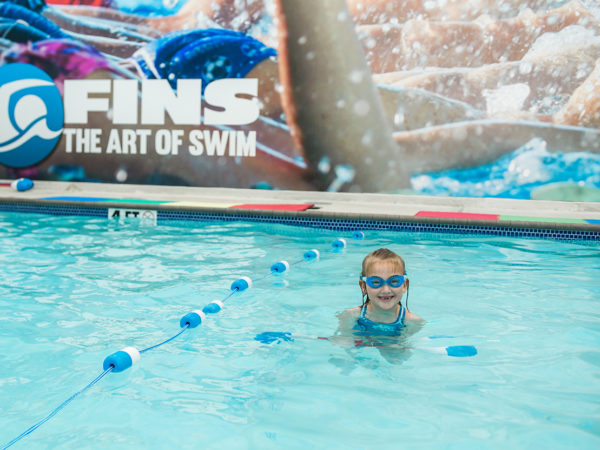Congratulations! You’re rolling right along and getting into a new groove of swim lessons with your child! We hope it is an activity that they (and you) look forward to each week. Each lesson they are not only mastering new skills toward water safety, (as we discussed last week), but they are also learning beginner swimming skills. The cool thing about swim lessons is that it is an activity they can enjoy for the rest of their life. As your child grows, knowledge of water safety and swim skills can be used at the neighborhood pool, on family vacations, birthday pool parties, or even to get involved in the sport of swimming by joining a swim team! …but let’s not get too far ahead of ourselves.
This week, we are going to learn about creating muscle memory and forming strong synapses in the brain (connections) that will help your child swim longer distances.
Learning to swim longer distances is not as easy as 1-2-3. The development of breath control involves creating muscle memory, feeling relaxed in a different environment (unlike fish, we humans don’t live in water), and using multiple areas of our brain simultaneously. That’s right, we use our cerebellum (in the back of the brain) to control our balance, coordination and muscle control. We use our brain stem (at the bottom of the brain) to control our fundamental body functions like breathing, which is done naturally when out of water but requires timing and thought process in the water. Who knew learning to swim would also make your child smarter by using multiple areas of the brain at once?
By the time your child completes the Intro to Swim and Safety program, they will have progressed from a non-swimmer to swimming at least 10 feet on their own! Of course, there will be baby steps along the way to help them reach this distance goal. We will start with skills like: a jellyfish float (learning to float in a prone (face down) position), exploring the pool with the use of the barbell floatation tool, and using leg momentum to push off the step or wall into a forward glide. As their comfort level and breath control increases, so will their swim distance. Remember that our goal is to create a fun and positive swim experience each time they come to swim at FINS. Instructors will watch for cues to determine when your child is ready to go a bit further and when they simply need to gain confidence in the current skills they have mastered!
Thanks for reading and learning! We hope each week you find the provided information helpful and that you are learning something new. Be on the lookout for an email next week where we will tell you all about the FINS Parent Portal and all the cool things you can do, like check on your child’s skill progression, see class openings, make updates to your account, and more!




